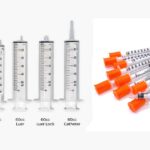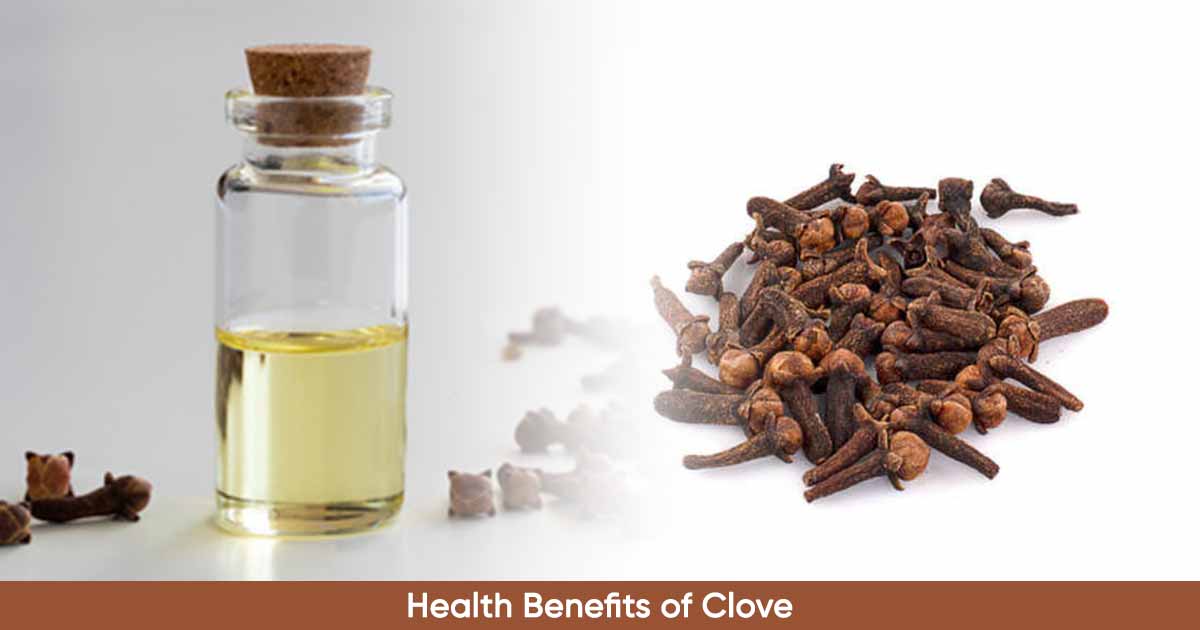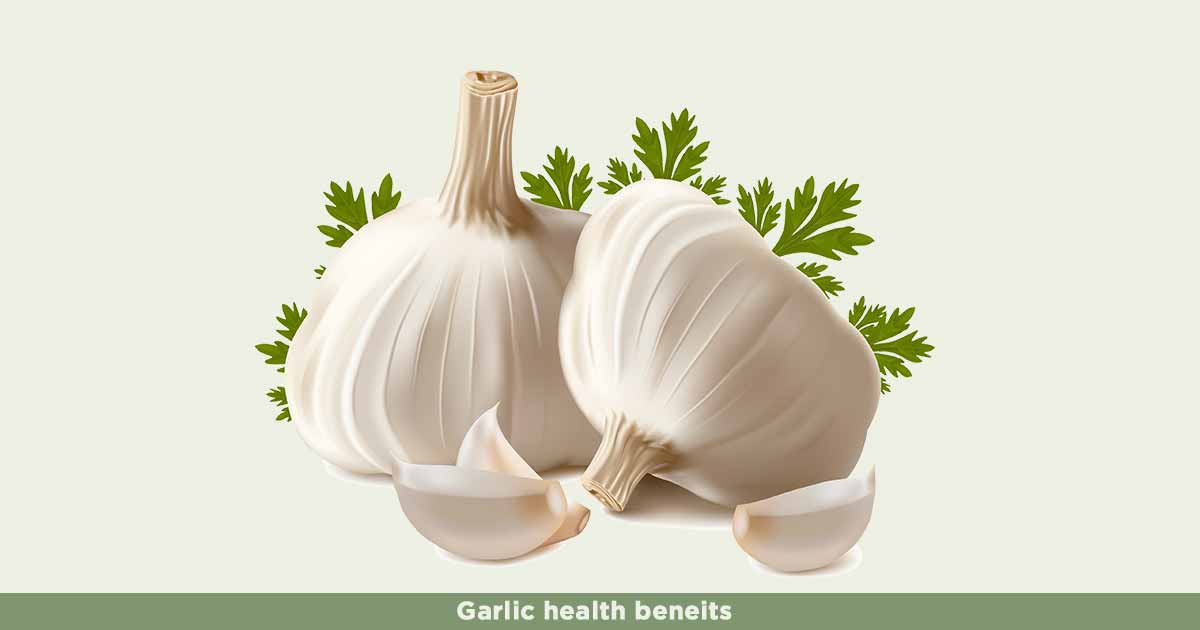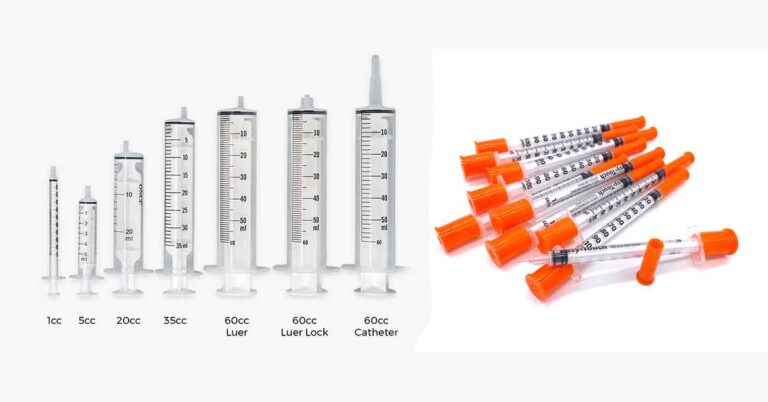Instant noodles are one of the most popularly eaten staple food worldwide. The food which was started by Nissin Foods in 1958 in Japan is now a major diet in most countries of the world. This is due to the affordability, nutritional content, flavouring, ease of cooking and longer shelf life. Instant noodles also have good rehydration degree and do not develop rancidity even after a long storage period. Genetally, they cook it in soup or boiling water.
Popular instant noodles brands available worldwide are Indomie, Shin Ramen, MAMA, Nissin Cup Noodle, Mi Goreng, Sapporo Ichiban, Mivina, Cup Noodles, Maggi instant noodles. China and Hong Kong are the largest consumer of Instant noodles worldwide, followed by Indonesia, India. Other major consumers are Nigeria, Japan, Vietnam, Thailand, US, UK, Malaysia.
Instant noodles are long thin piece of dough, made from egg, flour and water. Though it mostly come in dried form, they can also come in precooked noodle pack. The precooked noodle is seal-pressed, may be warmed before eating, or eaten directly from the container. It comes in waterproof polystyrene cup, and is called cup noodles.
The dried form is called bag noodles. It is cooked with the seasonings and flavors. They insert the seasoning in a different sachet inside the noodle’s pack. Mostly, they package the bag form in polypropylene or polyethylene film.
READ ALSO: Ulsakit Softgel: Dose, Indication and Side Effects
While producing noodles, two methods are used to remove moisture, giving us two types of noodles: instant dried noodles and instant fried noodles.
Instant Noodles Composition
The main constituent of the noodles is flour (wheat flour, of either hard or soft wheat, Triticum aestivum), water, salt, starch, salt substitute called as kansui (antacid mineral water with sodium carbonate, potassium carbonate, and a small quantity of phosphoric acid)
Instant noodles also contain gum, starch, antioxidant, olpyphosphates, hydrocolloids, emulsifiers, coloring and flavoring agents, stabilizers. Additives like propylene glycol, is a synthetic liquid to keep the noodles dry. Monosodium glutamate is a flavoring agent.
Instant noodles Nutrition
The nutritional composition of noodles varies from brand to brand. They fortify some brands with micronutrients, such as vitamin, B2, B1, A, niacin, folic acid, casein, iron, iodine. The flour can be fortified with other flours, such as oats, barley, buckwheat, legume flour, and soya.
One serving of instant noodle 480g may contain:
| Nutrition | Quantity |
| Total Fat Saturated Fat Trans Fat Polyunsaturated Fat Monounsaturated Fat |
12g 5.7g 0g 1.5g 4.3g |
| Protein | 8.4g |
| Total Carbohydrates Dietary Fiber Sugars |
44g 2.6g 0.8g |
| Sodium | 1385mg |
| Minerals Potassium Calcium Iron |
64mg 1.1% 11% |
| Vitamins Vitamin A Vitamin C |
0% 0% |
| Cholesterol | 0mg |
Each instant noodle serving contains 100 to 400 calories (varies)
Why Instant Noodles May not be Healthy
Poor nutritional value: Instant noodles have low dietary fibre content as well as protein. Fibre or roughages are an indigestible portion of the food, mostly found in vegetables, fruits, legumes. They are good for digestion, prevent constipation and reduce the risk of diseases such as diabetes, heart conditions.
We need proteins in the body for repair and build tissues, metabolic processes, energy and normal body functions.
2. The preservative: Tertiary butyl hydroquinone, TBHQ, a form of butane, is a widely used preservative in the food industry. It helps to prevent rancidity and improve the shelf life of processed food. The FDA allowed range in food is 0.02%. Higher doses of this chemical can cause illness, ringing in the ear (tinnitus), retching, and incoherence.
It may cause dermatitis, asthma, influence estrogen levels in women, hyperactivity and ADHD.
3. Bisphenol A: This compound may be found in the styrofoam compartment of some instant noodle packaging. This chemical may mess up with estrogen levels in the female. It can cause neurological, immunity issues, as well as increasing the risks of diseases such as diabetes, cardiovascular diseases, metabolic disorders and Alzheimer.
4. Poor flour quality: Most of the instant noodles are made from Maida. It is a refined and bleached flour used to make bread, pizza, samosa. This flour is filled with empty calories. The bleaching process makes it white.
While making the refined flour, they strip the white grain of important vitamins, dietary fibre, and minerals such as iron, phosphorus, selenium, magnesium, manganese.
This refined is bad for health as it may increase the risk of obesity, diabetes, constipation and other digestive issues. They use two potentially dangerous chemicals, Sodium Meta Bisulphate (SMBS) and Benzoic acid to produce it. These chemicals may cause asthma-like allergy, cough, shortness of breath, skin rashes, reproductive issues, cancer after a long time exposure.
5. Contains Monosodium glutamate (MSG): This is a flavor enhancer in instant noodles, canned vegetables, deli meat, soups. MSG is safe, but excessive use may cause Chinese Restaurant Syndrome, obesity, metabolic disorders, and reproductive issues.
6. High sodium content: Noodles have high sodium and salt content with one serving containing 821 mg to 1,943 mg per 100g. The monosodium glutamate (MSG) also contributes a quantity of sodium to the food. Sodium is good for the body as they help to coordinate nerve impulses, muscle contraction and relaxation, water and mineral balances, but at an excessive level, it may increase the risk of high blood pressure and other heart diseases, stroke. It also leads to calcium losses from the bones.
The American Heart Association recommends an ideal sodium daily consumption of 1500 mg, and not exceeding 2300 mg per day.
7. Risk of diseases from the packaging material: polyethylene terephthalate (PET), the packaging material for instant noodles, drinks, mineral water are aromatic materials. Though the material is considered safe, exposure to heat can lead to the leaching of a toxic metalloid, antimony into the food or drink. This may cause vomiting, stomach ulcers, diarrhea.
Some reports suggest the PET may cause cancer, reproductive issues, even though there is less evidence to such effects.
In order to avoid most of these possible health risks, it is necessary to reduce the frequency of noodles consumption. Also you can add vegetables, onions, tomatoes, fish, and healthy spices to boost the nutritional content.
Can Eating Instant Noodle Cause Cancer?
Contrary to popular belief, instant noodles consumption does not cause cancer. Monosodium glutamate (MSG), the additive in noodles, is safe. There is no wax coating too. However, noodles may increase the chances of high blood pressure, heart diseases, stroke because of the sodium content.
It is important to know that processed food like corned beef, hot dogs, noodle may increase the expression of cancer cells.
References:












